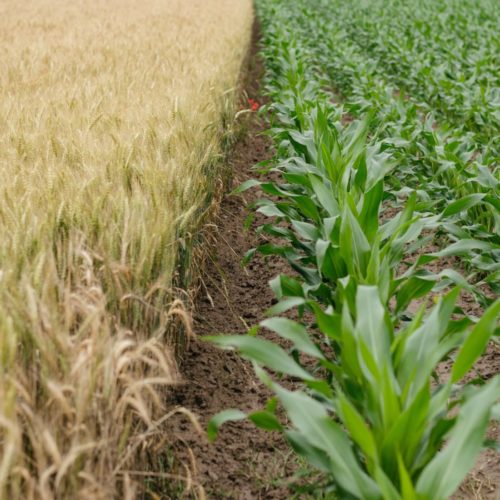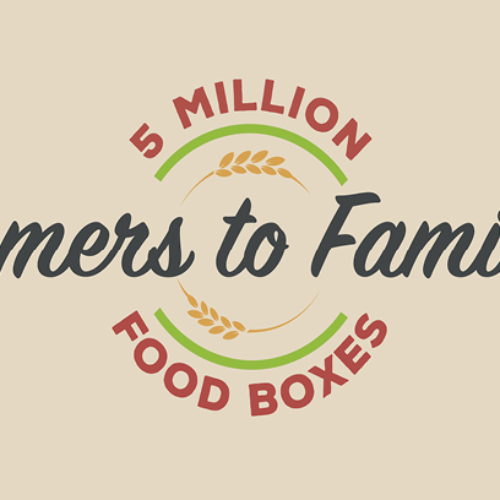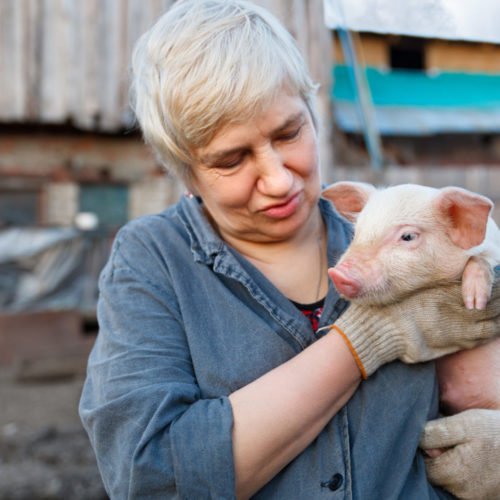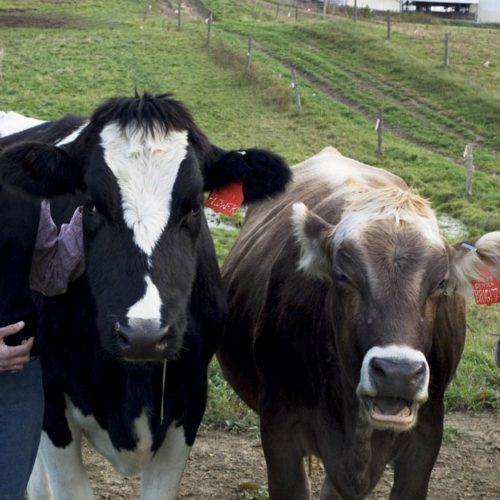Coronavirus Food Assistance Program
The deadline is rapidly approaching for submitting applications for this important assistance program. It is important that farmers and ranchers in your region are aware of the cutoff date for applying, December 11, 2020. The details below are from the CFAP2 General Fact Sheet.
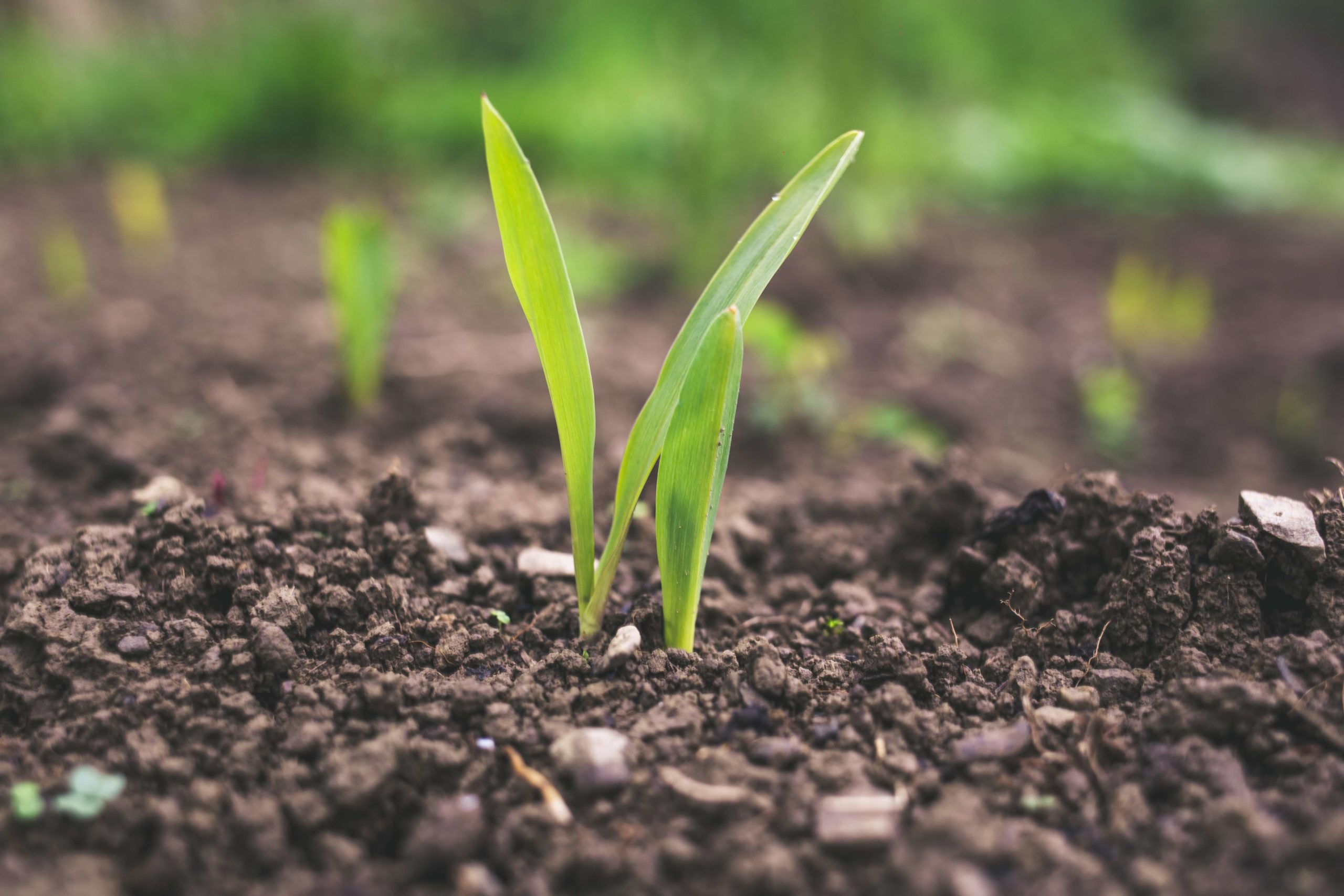
The U.S. Department of Agriculture (USDA) is providing critical support to our nation’s farmers and ranchers through the Coronavirus Food Assistance Program (CFAP 2). CFAP 2 provides vital financial assistance to agricultural producers who continue to face market disruptions and associated costs because of COVID-19.
The deadline for filing for the CFAP payments is December 11, 2020.
Overview
The Coronavirus Aid, Relief, and Economic Stability Act (CARES Act) and the Commodity Credit Corporation (CCC) Charter Act authorized the funds for the original CFAP. CCC funds will be used for CFAP 2, with the exception of tobacco, which will use remaining CARES Act funds. FSA is accepting applications for CFAP 2 from September 21, 2020, to December 11, 2020.
Who is Eligible?
Producers (persons or legal entities) of specified agricultural commodities who face continuing market disruptions and significant marketing costs are eligible for CFAP 2 payments. USDA CORONAVIRUS FOOD ASSISTANCE PROGRAM 2 FARM SERVICE AGENCY FACT SHEET – SEPTEMBER 21, 2020 To be eligible for payments, a person or legal entity must either:
- have an average adjusted gross income of less than $900,000 for tax years 2016, 2017, and 2018; or
- derive at least 75 percent of their adjusted gross income from farming, ranching or forestry-related activities. Persons and legal entities also must: • commercially produce the eligible commodities;
- be in the business of farming at the time of application; • comply with the provisions of the “Highly Erodible Land and Wetland Conservation” regulations, often called the conservation compliance provisions;
- if a foreign person, provides land, capital, and a substantial amount of active personal labor to the farming operation; and
not have a controlled substance violation. Contract growers who do not share in the price risk of production are ineligible. Eligible Commodities CFAP 2 payments will be split into three categories of commodities:
1. Price trigger commodities;
Price trigger commodities suffered a 5-percent-orgreater price decline in a comparison of the average price for the week of January 13-17, 2020, and the average price for the week of July 27-31, 2020. Price trigger commodities include: • Barley • Corn • Sorghum • Soybeans • Sunflowers • Upland Cotton • Wheat (all classes) • Broilers • Eggs • Beef Cattle • Dairy • Hogs and Pigs • Lambs and Sheep
2. Flat-rate crops
Flat-rate crops are crops that either do not meet the 5-percent price decline trigger or do not have data available to calculate a price change. Flat-rate crops include, but are not limited to:
Alfalfa • Amaranth Grain • Buckwheat • Canola • Extra Long Staple Cotton • Crambe (Colewart) • Einkorn • Emmer • Flax • Guar • Hemp • Indigo • Industrial Rice • Kenaf • Millet • Khorasan Wheat • Mustard • Oats • Peanuts • Quinoa • Rapeseed • Safflower • Sesame • Speltz • Sugarcane • Sugar Beets • Sweet rice • Teff • Triticale • Wild rice; and
3. Sales commodities.
Fruits and Vegetables • Aquaculture grown in a controlled environment; • Nursery crops and floriculture; • Other livestock (excluding breeding stock) not included under the price trigger category that were grown for food, fiber, fur, or feathers; • Tobacco; • Goat milk; • Mink (including pelts); • Mohair; • Wool; and • Other commodities. For a list of all eligible commodities, visit the USDA CFAP website.
FSA staff at your local USDA Service Center will work with producers to file applications. Applications may be submitted via mail, fax, hand delivery, or via electronic means. Please call your office prior to sending applications electronically. The CFAP 2 application and associated forms are available online at farmers.gov/cfap.
